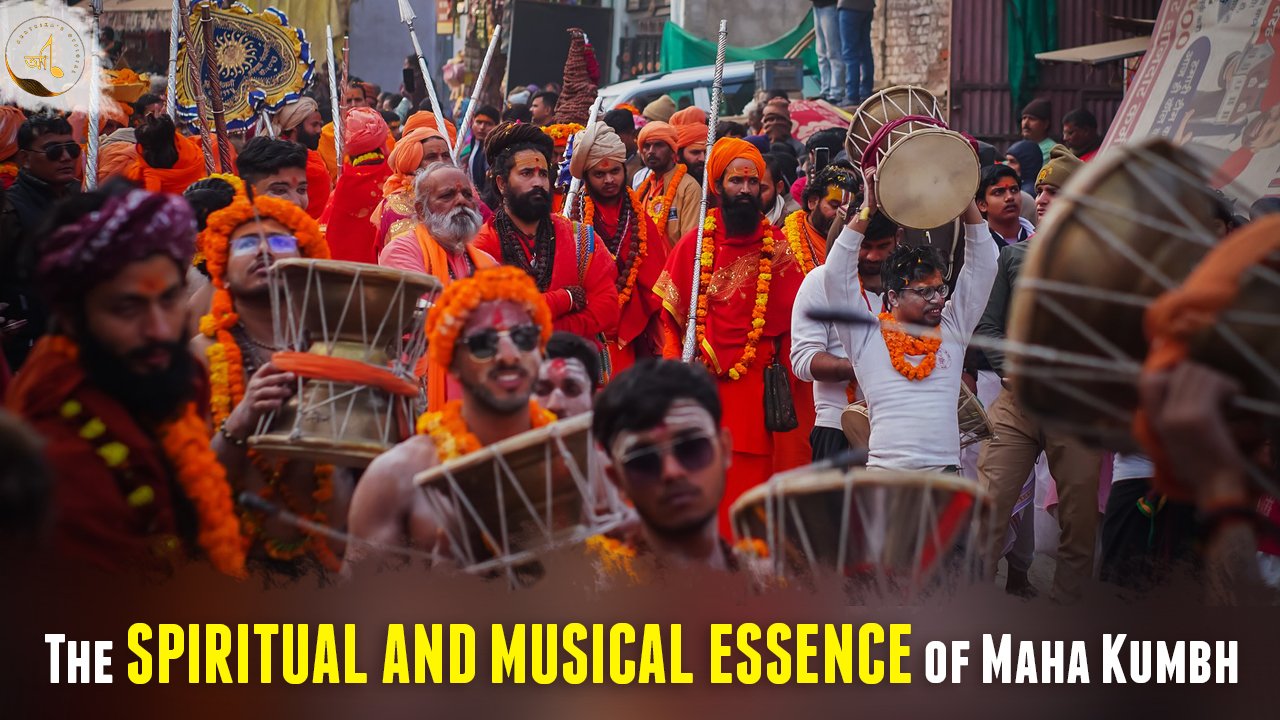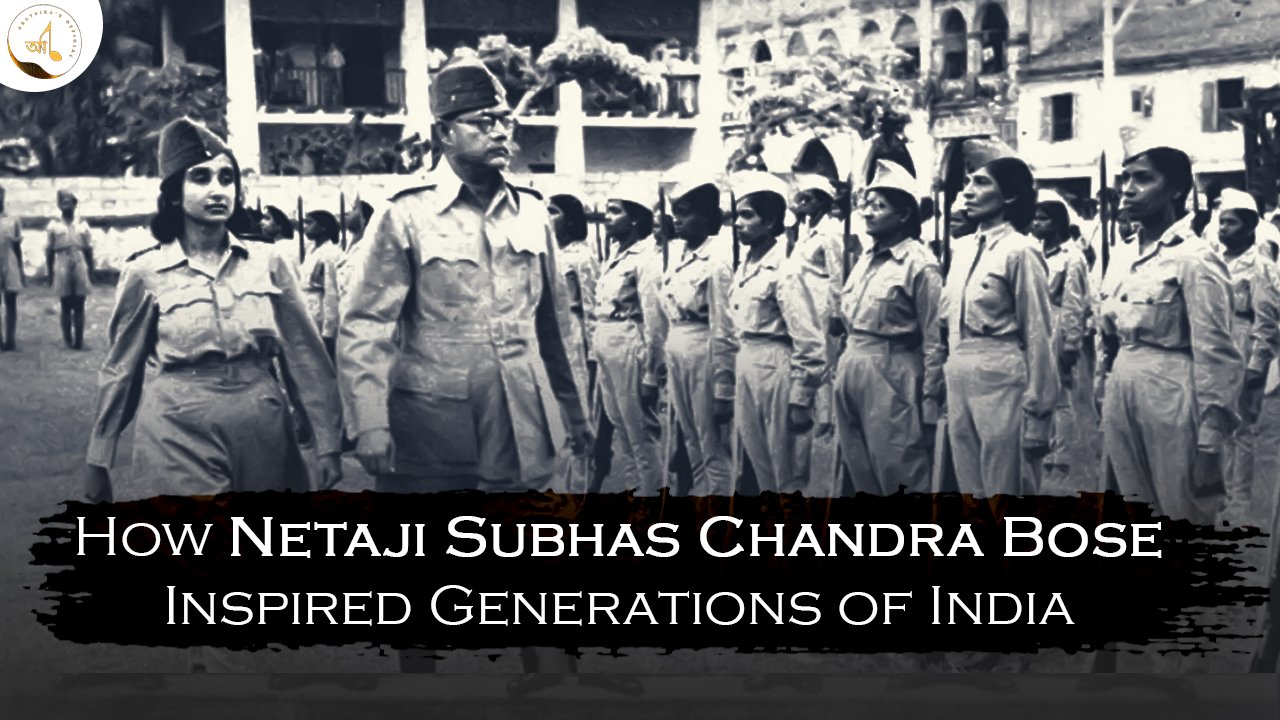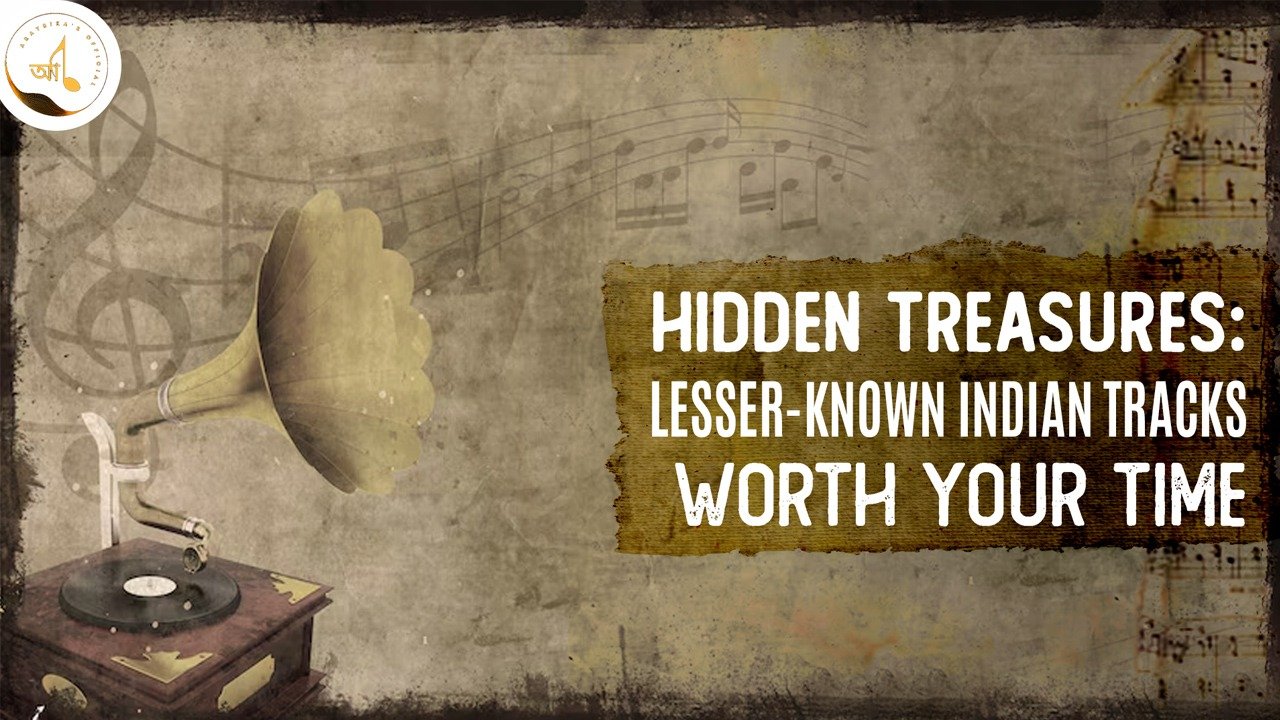Ghazal, an ancient form of poetry, has been an integral part of Indian literary and musical traditions for centuries. Rooted in Arabic and Persian poetry, it found its way to the Indian subcontinent, where it evolved into a unique and profoundly emotional art form. In this blog, we will explore the history, structure, and significance of Indian Ghazal.
History of Indian Ghazal:
The history of Ghazal in India dates back to the 12th century during the reign of the Delhi Sultanate. It was originally composed in Persian, but over time, Indian poets adopted this form, creating a rich blend of Persian and Indian culture. Prominent poets like Mir Taqi Mir, Mirza Ghalib, and Allama Iqbal made significant contributions to the development of Ghazal in India.
Structure of Ghazal:
Ghazal, as a poetic form, has a specific structure. Each Ghazal typically consists of rhyming couplets, known as "Sher" in Urdu. The beauty of Ghazal lies in its simplicity. A Ghazal is often just a collection of these couplets, and each Sher is an independent poetic expression, allowing poets to convey a wide range of emotions in a concise manner. The most common rhyme scheme in a Ghazal is AABA, where the last word of the first and second lines rhyme, and the last word of the third line becomes the refrain.
Expressing Emotions:
Indian Ghazal is celebrated for its profound ability to convey complex emotions. Ghazal poets use this art form to express love, pain, heartbreak, longing, and various other sentiments with great depth and subtlety. The Ghazal's concise structure demands that poets select their words carefully, resulting in a rich and evocative expression of feelings.
Music and Singing:
Ghazal is not limited to the written word; it is closely intertwined with Indian classical music. Renowned Ghazal singers like Jagjit Singh, Mehdi Hassan, and Farida Khanum have elevated this art form to new heights. They use their melodious voices to bring the poetry to life, enhancing the emotional impact of the verses.
Cultural Significance:
Indian Ghazal has a deep cultural significance. It has been a source of solace and inspiration for generations. The themes explored in Ghazal resonate with the human experience, making it relatable to people from all walks of life. Whether it's the pain of unrequited love or the beauty of nature, Ghazal has the power to evoke a sense of shared humanity.
Contemporary Ghazal:
While Ghazal has deep roots in history, it continues to evolve and adapt to contemporary sensibilities. Modern Ghazal poets draw inspiration from their predecessors while infusing new themes and expressions into their work. This ensures that Ghazal remains a relevant and dynamic form of art.
Conclusion:
Indian Ghazal is a testament to the enduring power of poetry and music in our lives. It transcends time and culture, providing a timeless medium for expressing the most profound and delicate of human emotions. Its ability to convey feelings with depth, simplicity, and grace is what makes Indian Ghazal a cherished and irreplaceable treasure in the world of literature and music. Whether you are a connoisseur of poetry or someone seeking solace in the beauty of words, Ghazal has a special place in the hearts of many, and its legacy continues to thrive in the rich tapestry of Indian culture.







Leave a reply